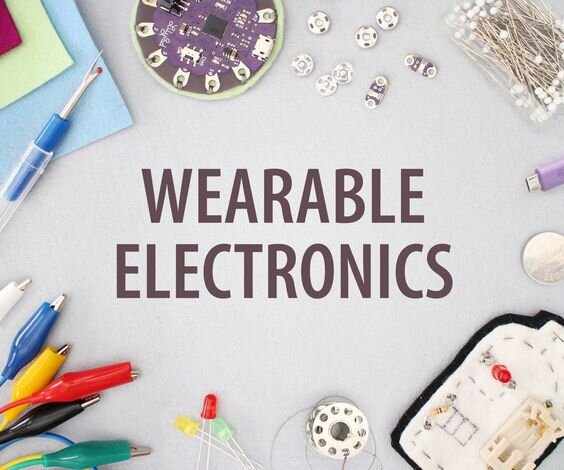“The promise of STEAM approaches is that, by coupling STEM and the arts, new understandings and artifacts emerge that transcend either discipline. ”
General map of my STEAM Lesson plan makerspace room
Planning a STEAM Lesson
As an art teacher there are many things to think about when incorporating a STEAM lesson into your curriculum. One major challenge is how well are students and teachers comfortable with: science, technology, engineering and math. For me, the main challenge when creating a STEAM lesson is related to the materials:
What are the materials I need in order to teach the lesson well?
What materials will the students be able to handle?
Does my teacher budget cover the cost of these materials?
One of my STEAM lesson plans I designed for my students deals with a makerspace component. In that makerspace, I mapped out the table sections by the concepts I want the students to explore. Since I have yet to create my own model, I uncertain of all the specific materials needed for the best results regarding this lesson.
When I was creating this STEAM lesson plan I knew the umbrella I wanted it to fall under…smart textile (which combines fiber with technology). But there are many things to explore about the world of smart textile. Figuring out what aspect I wanted to explore was one challenge, and another was breaking it down into simple steps. Since STEAM lessons integrate two or more disciplines, figuring out how to teach those disciplines well enough so that students feel comfortable enough to explore on their own is tricky. All of these STEAM lessons, like all lesson plans will have to be adjusted to the needs of the students and their abilities to academically and environmentally meet the challenges presented. The success of incorporating STEAM is not only dependent on human capabilities but the financial realities of a school’s budget and their buy-in to STEAM’s value.
“This mix of tools, materials, techniques, and concepts brings contemporary artist in touch with a number of traditional design, product design, arts, crafts, textile design, game design, media design, interaction design, architecture and interior design as well as a number of traditional technology domains, including science, mechatronics, electrical engineering, wireless technology, and nanotechnology, among others. ”
Computers in School
This week I was able to do my first observation at a public elementary school. The school I observed had shared laptops for students in each regular classroom teacher. But I notice there was no designated laptops for the art classroom.
A lot of the STEAM activities we have been learning require the use of the computer. This becomes a necessary material. It seems laptop are a major tool outside a technology class now. When I was in middle school we had computer class as a separate class. This class dealt with students being familiar with the basics of computer technology… mainly typing. Now children are growing up with computers since birth and the need to teach beyond typing is fundamental. Having enough laptops for students has become a school budget concern as a whole in the digital age.
Illustrator worker by Philip Nordström
Online Classes…What does that mean for the Future of Teaching?
During the coronavirus teachers K-12 for the first time had transfer their lessons online. This being a lot of questions of how our education system will run from now on.
Will students ever have snow days again?
How will teachers have to structure their lessons plans in order for it to also work online?
How do we teach young students through the computer and keep them focused?
How will we make sure students have the materials (art supplies, microscopes etc..) they need to learn?
The answers to these questions are still unknown, but maybe the use of integrated lessons like STEAM will be at the foreground of learning. Instead of teaching one subject as one discipline by itself, teachers will have to integrate multiple subjects and allow for more self exploration with their students then ever before. Hopefully this will be the pathways for future learning… than more static measurements i.e. more tests.
“Taken together, there is a distinct need for future evaluation and research on the ever-increasing proliferation of new tools and environments to determine their efficacy for teaching and learning, as well as a need to develop new tools and materials that are equally expressive as the tools currently used in the arts classroom. These are but a few of the questions and challenges facing our administrators and policy makers today in the emerging STEAM landscape.”




